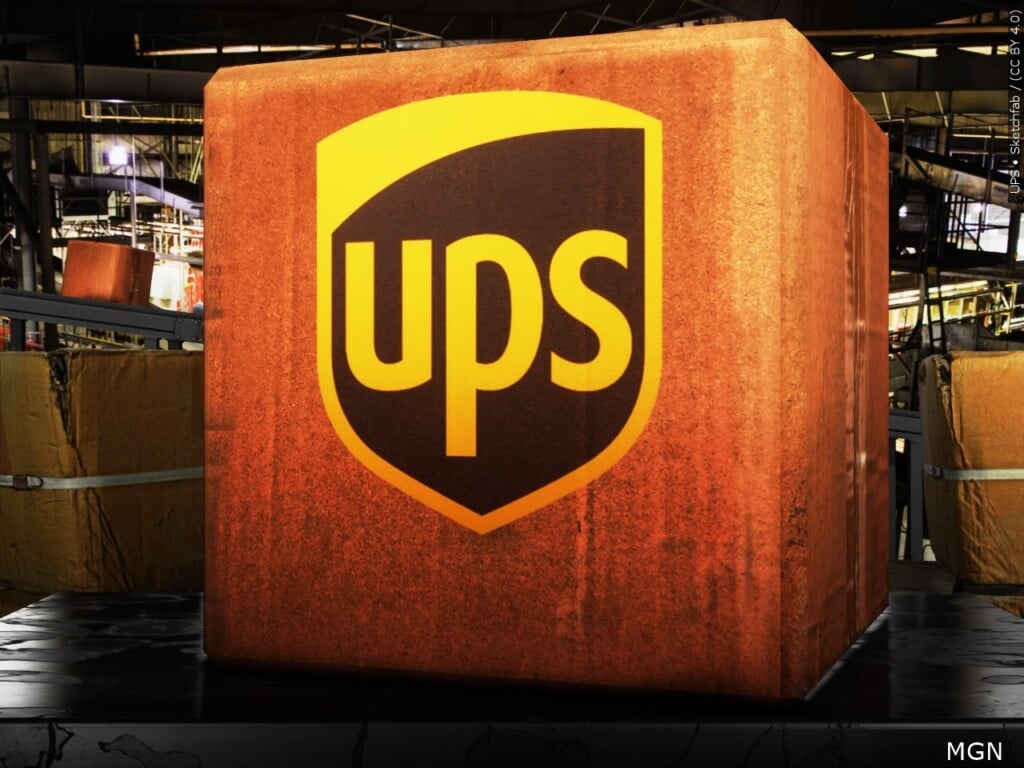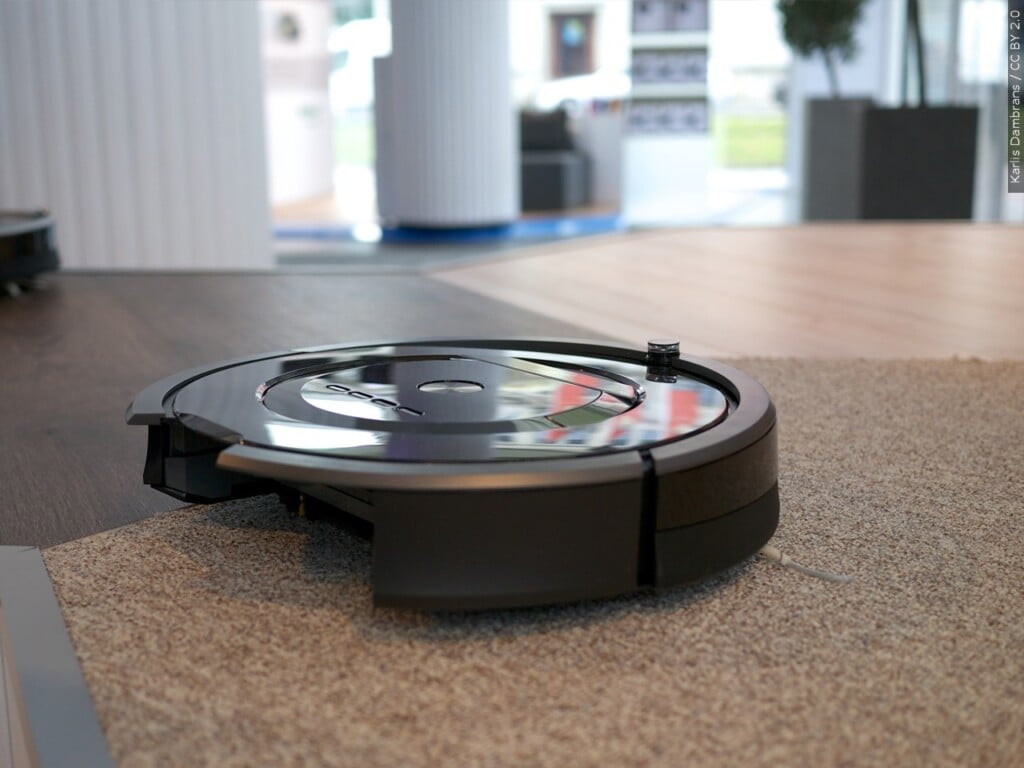Emerald ash borer has arrived in state
STARKVILLE, Miss. – According to an MSU Press release, the invasive emerald ash borer that is decimating ash trees across North America has arrived in Mississippi with its discovery in Issaquena County in July.
The pest, known by the abbreviation EAB, was confirmed by the Mississippi Forestry Commission and verified by the Mississippi Entomological Museum at Mississippi State University before being sent to the U.S. Department of Agriculture for confirmation.
EAB, is an invasive, non-native pest that has killed hundreds of millions of ash trees in the eastern U.S. Adult emerald ash borers are small, peg-shaped, metallic green beetles usually one-third to one-half inch long.
Larvae have slender, white, segmented bodies and live beneath the outer bark of infested trees. Although adults feed on leaves, they do not cause significant damage. Signs of an EAB infestation include yellow, thin or wilted foliage, unusual woodpecker presence and pecking holes, D-shaped beetle exit holes or shoots growing from roots or a tree’s trunk, often with larger-than-normal leaves.
With the discovery of EAB in Issaquena County, it is more important than ever that landowners monitor their ash trees for the presence of this invasive pest.
Kristy McAndrew, MSU Extension forest health specialist, said forest health professionals will track potential establishment and spread of this insect.
“Landowners monitoring their ash trees is the best first line of defense and protection for their trees,” McAndrew said. “Larvae will live in trees for 1 to 2 years before becoming adults, so there can be a lag between when infestations start and when we can reliably catch adults in traps.”
Since those larvae are feeding in the tree and cutting off nutrient and water transport during that time, symptoms such as canopy dieback can be visible before the adults emerge from the tree.
“Noting and reporting suspected infestations can help forest health professionals target trapping and scouting efforts,” she said.
At the first sign of this pest, report this information to local Extension agents found in every Mississippi county, the Mississippi Forestry Commission or the Mississippi Department of Agriculture and Commerce Bureau of Plant Industry.
“If you don’t see the pest but see symptoms such as crown dieback or excessive basal sprouting, this is worth reporting to either MSU Extension or the Mississippi Forestry Commission to have a professional assessment made of the situation,” McAndrew said.
One reason why non-native pests spread widely in a region is that there are typically no native predators to that insect. EAB is native to Asia and now established in every state east of the Mississippi River and a handful of states west of the river.
“The main predators native to the United States are birds, especially woodpeckers,” McAndrew said. “EAB has predators in their native region, some of which have been used as biocontrol in the United States. Three parasitoids of EAB have established well in the Midwest and helped suppress EAB populations.”
There are preventative treatments available to protect ash trees from EAB, and some trees already attacked can be saved, if caught early enough. The problem is the cost of these treatments, making them feasible for individual specimens but not forests.
“Stem injections are the most effective and need to be administered by professional applicators,” McAndrew said. “If the tree in question is small, there are some soil drenches that are effective and can be administered by homeowners. Soil drenches can also be used on larger trees, but they would also require a professional applicator.”
The success rate of tree injections is very high, while the success rates of soil drenches are mixed. Treatments vary in price based on the size of tree being treated.
“Average treatment costs between $100 and $250 for a medium-sized landscape tree,” McAndrew said. “Retreatment is suggested every 1 to 3 years depending on method and insecticide used.”
EAB can spread on their own, but most adult beetles fly fewer than 2 to 3 miles from the tree from which they emerged. Humans are the primary culprit in the movement of these pests.
This pest first appeared in the U.S. near Detroit in 2002, after it was thought to have arrived in wooden shipping containers and pallets made from infested ash lumber. Today, firewood movement is expected to be the leading cause of spread for this pest.
“Don’t move firewood,” McAndrew said. “Burn it where you buy it. Buy it where you burn it.”
Brady Self, Extension forestry specialist, emphasized the need to not move firewood.
“It’s incredibly important to restrict firewood transport,” Self said. “There have been many cases where known infestations occurred after emerald ash borer was carried in on firewood to areas where it had not been present.”
Closely related to avoiding the transport of firewood is the importance of not trucking away trees cut down after they were infested by EAB.
“If you have EAB in trees in yards, it’s better to go ahead and take them down to keep subsequent spread from occurring. But you can’t just haul the tree away. You need to burn it.”
Self said the entire infested tree does not have to be consumed by fire, but it should be burned until the entire material has experienced high heat.
“If you get the trunk good and hot, that will kill anything inside,” he said.
Find more information on signs and symptoms of an EAB infestation in MSU Extension Publication 2896 available at https://extension.msstate.edu/publications/signs-and-symptoms-emerald-ash-borer.




